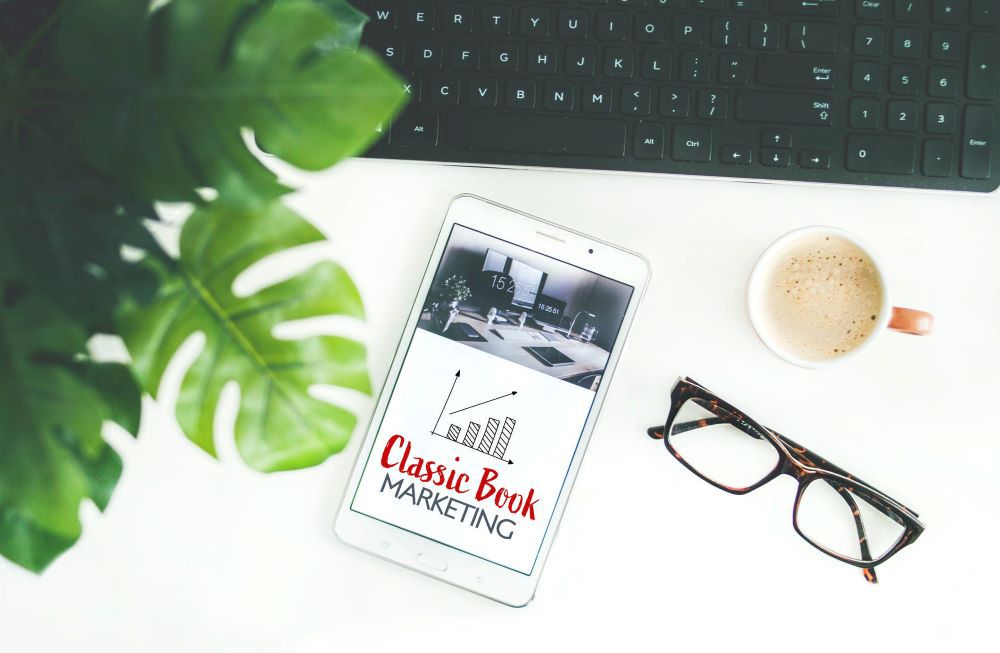What makes an old book new—at least in the eyes of the consumer? Publishers of classic novels face the distinct challenge of marketing books that have already been extensively read, loved, discussed, and marketed. More often than not, publishers are not selling the content of the book—after all, the words are already tried and true—they are selling the experience.
The New York Times best seller list is ever changing, with new books entering the lineup every week. Most books do not stay in the public eye for more than a year or two before they are replaced by the next best novel or the newest hot author. However, there are some novels that never sway from mass public consumption, withstanding not only the test of time, but also the constant influx of current best sellers. Novels such as Pride and Prejudice, The Great Gatsby, and Dracula, as well as collections of short stories by Virginia Woolf, poetry by Emily Dickinson, and plays by William Shakespeare are all shelved neatly together, collectively given the term “classics.”
These novels are, in a sense, timeless; they coined phrases and pioneered ideas that are still being gleaned from today. However, while these novels remain popular well after their initial publication, what keeps them flying off the racks, so to speak? How do publishing houses convince a consumer to purchase their seventh copy of To Kill a Mockingbird? Publishers have had to reinvigorate and, on occasion, redesign the market for classic literature. Using book cover redesign, contemporary author introductions, and celebrity audiobook performers, publishers have had to get creative in order to keep classics afloat amid the tide of new releases.
Penguin and Puffin Classics are great examples of how publishers can use a book jacket revamp. According to children’s book publisher Sharon Cullen, an old classic can get a facelift with a new cover: “From Treasure Island and Heidi to the Secret Garden and The Wizard of Oz, these books have been firm favorites of children across the generations and their striking new jackets will ensure they remain popular for many years.” After all, a dazzling new book cover for a classic like Dracula could convince both a reader who already owns a copy (but a different version) and one who does not have it to pick it off the shelves, even when surrounded by new releases.
Modern Library, a renowned publisher of classics, has a history of bringing new life to their classic catalog. In 2000, they published a series of classics with newly added introductions by contemporary authors of the time. More recently in 2019, they launched a series of classics “penned by women.” Via Publishers Weekly, “the series, the publisher said, will ‘honor a more inclusive vision of classic books’ by ‘recognizing women who wrote on their own terms, with boldness, creativity, and a spirit of resistance.'” Furthermore, Modern Library repackaged the included novels with redesigned covers and introductions by contemporary women writers.
On a more digital aspect, publishers and businesses have experimented with adding celebrity names to audiobooks and ebooks. According to Publishers Weekly, in 2012, Audible.com “released the first of four planned waves in their ‘A-List Collection,’ audiobooks of classic literature read by some of Hollywood’s biggest stars.” For example, Anne Hathaway read The Wonderful Wizard of Oz by L. Frank Baum, while Samuel L. Jackson read A Rage in Heaven by Chester Himes. While the authors themselves have varying degrees of public recognition, actors such as those listed above afford both a great fanbase and a sense of intrigue to the audiobooks. In 2020, Audible advertised Little Women performed by Laura Dern and The Great Gatsby narrated by Jake Gyllenhaal.
Many of the sales techniques and strategies surrounding the market for classics are conditional based on specific moments occurring during the period in which the books are being sold. Much like book covers and marketing campaigns, the novels themselves need to be positioned toward cultural, political, and current social themes. Classic novels will always carry a sense of nostalgia, while also bringing about a wave of timelessness with each turn of the page. However, while such novels will continue to be taught in curriculums and read by aficionados, the classics continue to need facelifts and facetunes in order to be repurchased and re-digested by the masses. Classic novels have managed to not only stay afloat in modern times, but to also make new waves and their own splashes within the tumultuous sea of best sellers, new releases, and backlist titles.

